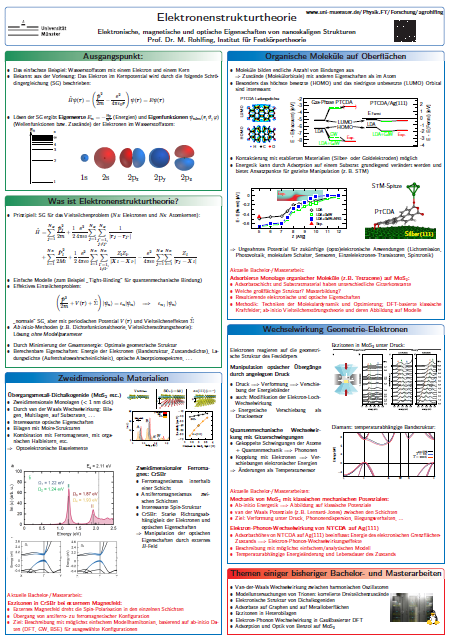Offers for thesis topics
We regularly offer topics for final theses for Bachelor and Master studies.
Please contact us: Prof. Dr. Michael Rohlfing.
We regularly offer topics for final theses for Bachelor and Master studies.
Please contact us: Prof. Dr. Michael Rohlfing.
Der nächste BaMa-Tag findet am Mi, 25.10.2023 nachmittags von 15-17 Uhr im Foyer der IG1 statt.
Weitere Info zum BaMA-Tag gibt es hier.
